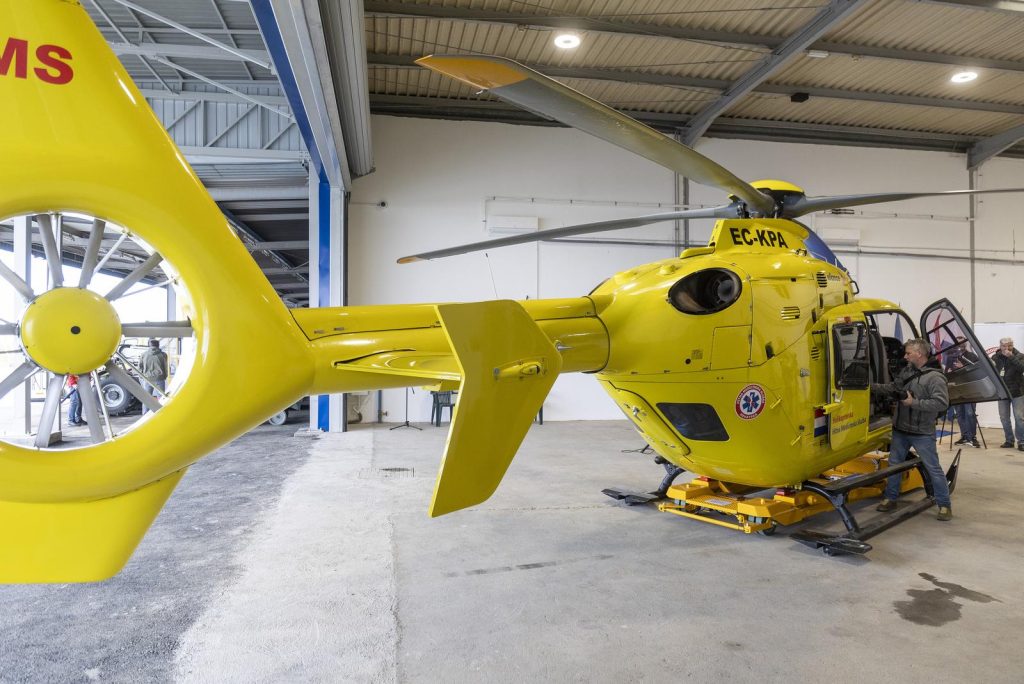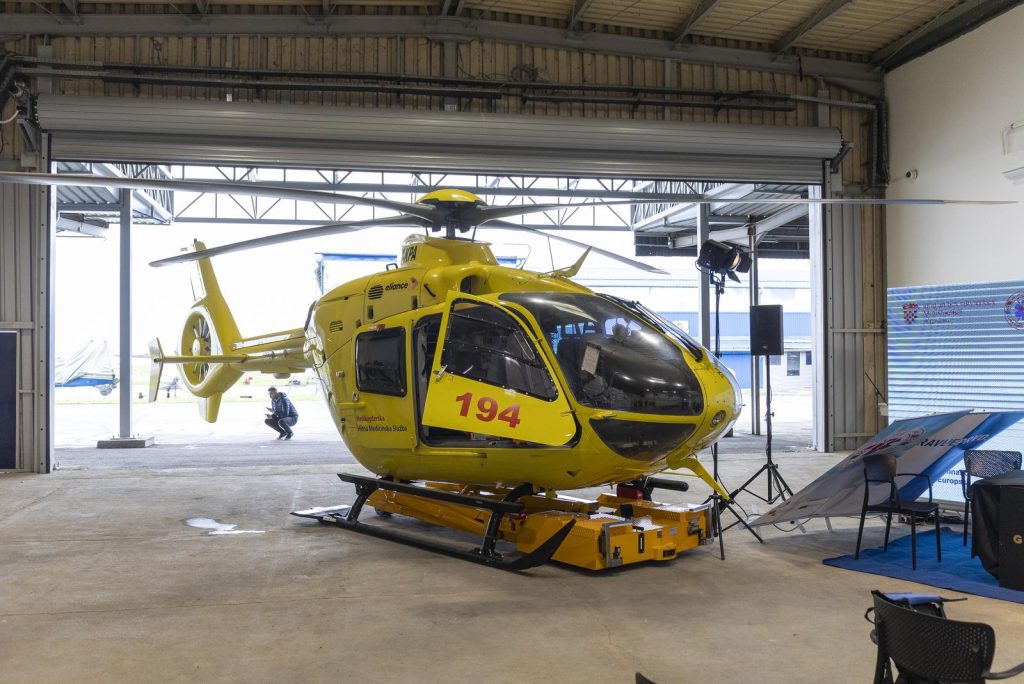March the 25th, 2024 – The Croatian air ambulance service is set to begin its work for this year in slightly less than one week, with some ambitious plans going forward.
As Poslovni Dnevnik writes, the beginning of the flight activities of the Croatian air ambulance service (HHMS) is expected in a mere six days. Health Minister Vili Beroš stated on Sunday that its work across four air bases will cover the entire territory of the country and ensure faster and better assistance to anyone unfortunate enough to require such aid.
At the presentation of the Osijek HHMS service, Minister Vili Beroš said that a total of 100 participants, 50 doctors, and 50 nurses and technicians, completed their training sessions in Zagreb, Osijek, Rijeka and Split. The functioning of each base requires 16 doctors, as well as accompanying nurses and technicians.
“In this way, we’re creating the “missing link”, because we’ve got a network of new ambulances on land, six new boats at sea, and the construction of five more is planned. With this project, we’re properly connecting all parts of the emergency medical service, in order to help people in the best way possible,” Beroš revealed.
He explained that during the implementation process of the project, they decided on a concept that would geographically cover the whole of Croatia, which is why the existing infrastructure conditions at the airports in Osijek, as well as on the islands of Krk and Brač, and then Zagreb Aviation Technical Institute, were all used. Beroš pointed out that these bases are connected to tertiary healthcare institutions, where the most complex assistance can be provided to those in medical need. These are the Clinical Hospital Centres of Osijek, Rijeka, Split and Dubrava (Zagreb).
“We conceived the organisation of the new Croatian air ambulance service by contracting flight activities for a period of seven years. After that, we’ll sit down and weigh up whether or not this is the optimal model for us, and if necessary, we’ll alter the position of the bases and other elements of this service,” announced Beroš.
Helipads for the Croatian air ambulance service in Pula and Zadar

The health minister also noted that in addition to the four bases and operational landing areas, located next to clinical hospital centres, he wants to establish a network of landing areas next to other healthcare facilities. In regard to that, one heliport is already being built in Slavonski Brod, and plans are being made to build them in both Pula and Zadar.
Beroš revealed that daily HHMS flights will be organised in continental Croatia only during the day. This is owing to the number of hospitals and the existing road infrastructure making night flights not necessary at the moment. Needlessly introducing them would significantly increase the total costs by 40 percent for that part of Croatia. The value of the Croatian medical emergency helicopter project stands at 62.5 million euros, of which 10 million euros are non-reimbursable EU funds. The plan is to pay a larger part of the necessary funds from the next multi-year EU financial framework,” Beroš explained.
Director of the Osijek-Baranja Institute for Emergency Medicine, Silvana Sabo, assessed that the establishment of the Croatian air ambulance service is a historic moment for chronically overlooked eastern Croatia.
“At the beginning of the operation of the Croatian air ambulance service, we’ll be able to access patients who are more difficult to reach and have more complex conditions. We’ll also enable people to have a much more likely survival rate and better quality immediate medical treatment,” added Sabo.
Osijek Mayor Ivan Radić explained that the work of the HHMS has been operationally conceived so that the base of the service will be at the “Klisa” Airport, and the helicopter will land on the helipad on the Osijek University campus. That helipad is only a mere 850 meters from the Osijek Hospital. This is a temporary solution, because the permanent solution will be the construction of the new Osijek Hospital, which will have its own helipad.










